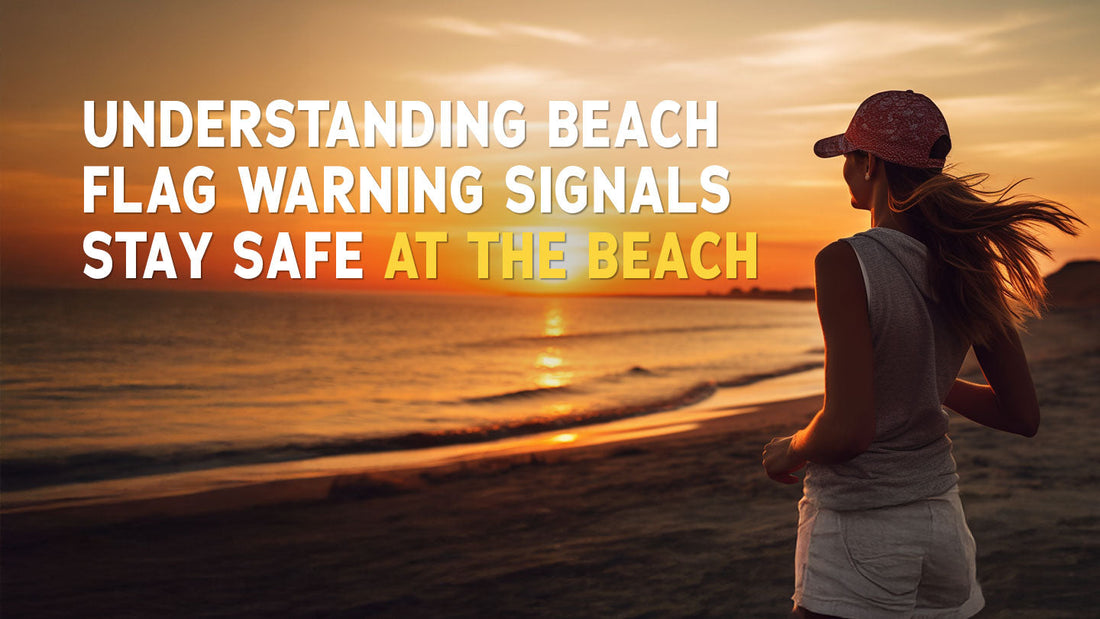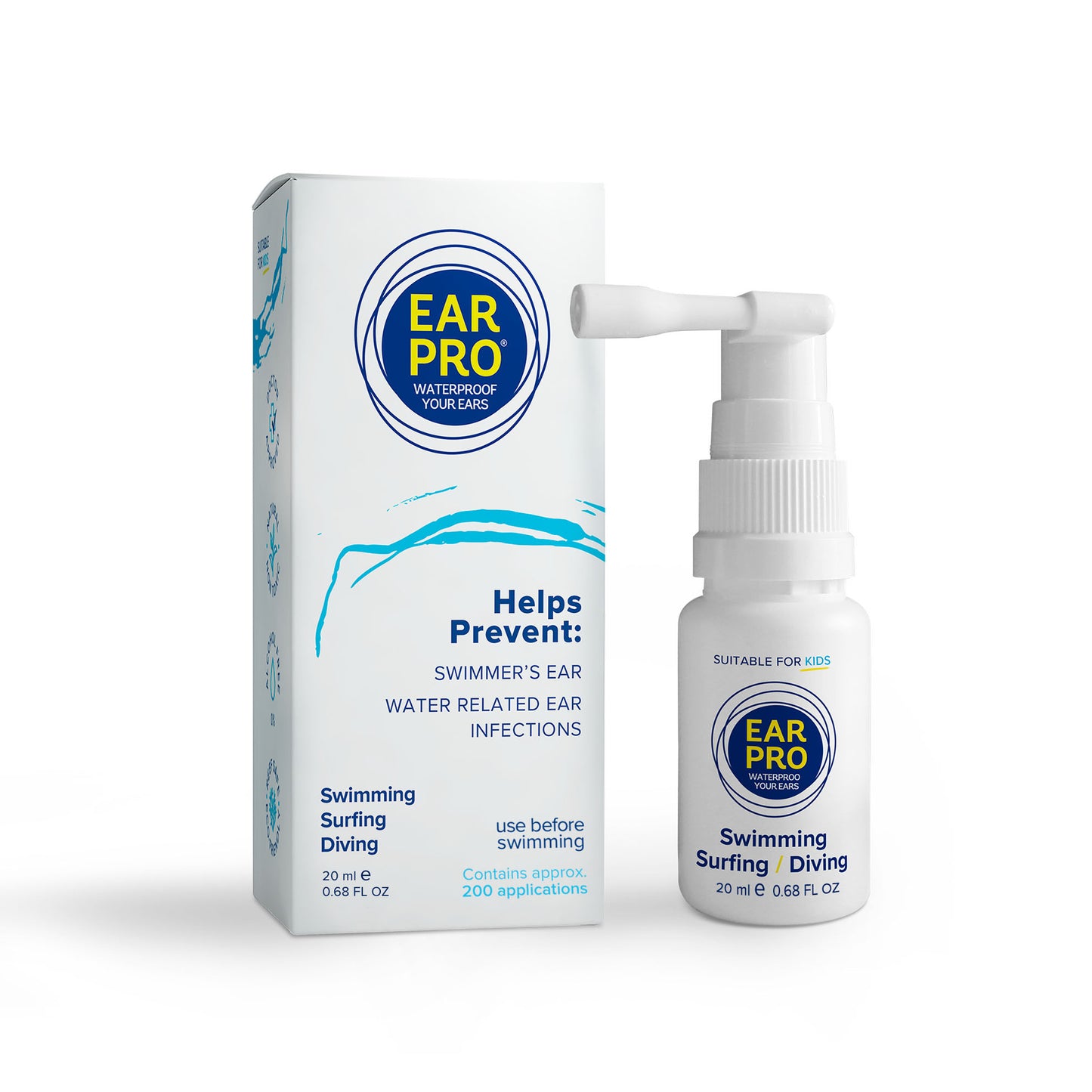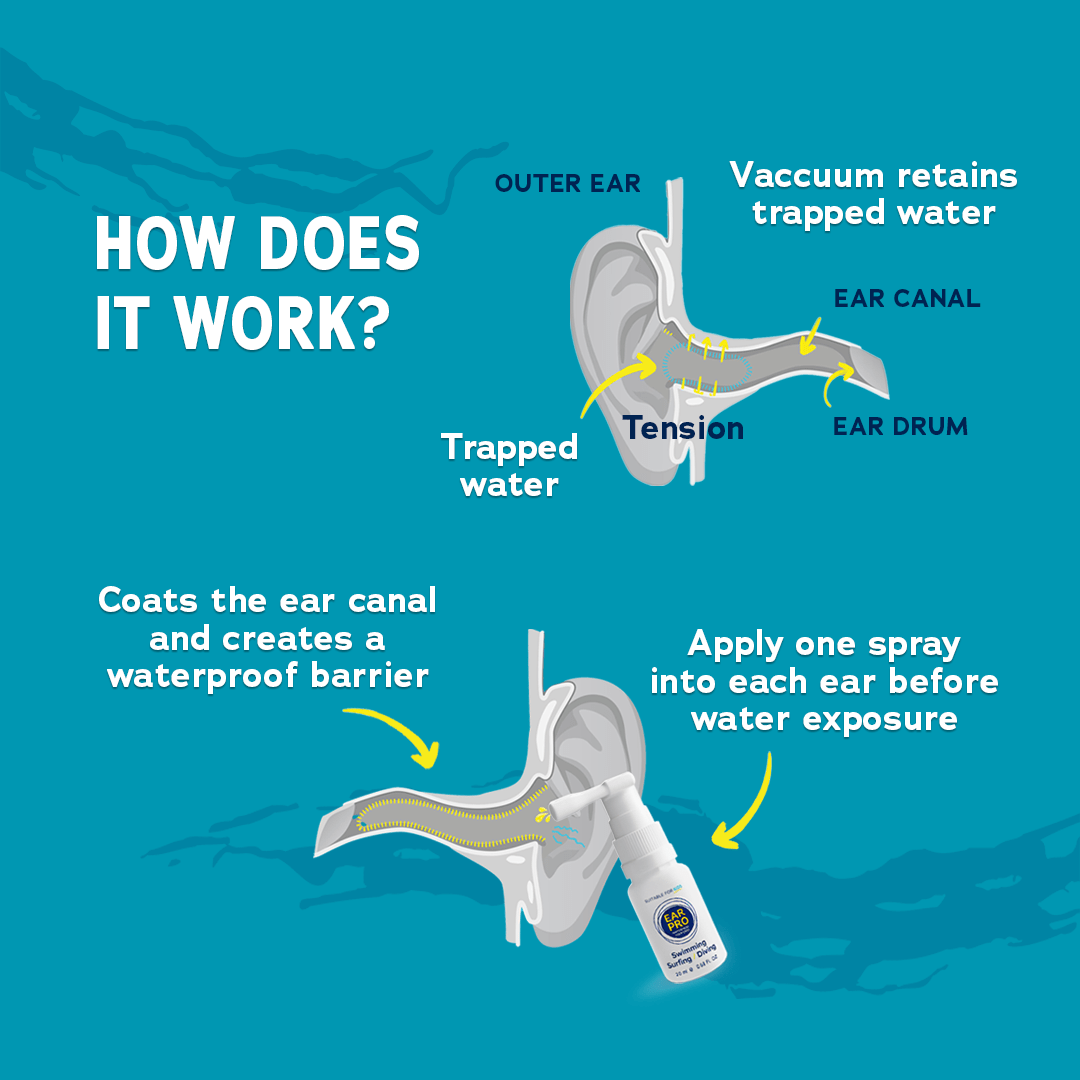Beach outings are a fun escape from everyday life. However, unseen dangers often lie beneath the surface, requiring caution and awareness.
This is where important beach flag warning signals come into play. These crucial alerts help people navigate ever-changing ocean conditions so they can maintain swimming safety and protect themselves from potential hazards.
A flagged beach is not just about colorful banners fluttering in the wind. Each flag is a direct communication tool used to prevent accidents, promote beach safety, and guide visitors in understanding what they may face in the water.
Learning to interpret these signals can help you avoid dangerous surf conditions, steer clear of strong rip currents, and ultimately ensure a safe, enjoyable day by the shore.
Table of Contents
1. Understanding the Color Codes of Beach Flags
2. What Each Beach Flag Color Means: A Detailed Guide
3. How Lifeguards Use Beach Flags to Communicate Hazards
4. The Role of Beach Flags in Preventing Accidents
5. When to Be Cautious: Identifying Dangerous Surf and Weather Conditions
6. How to Stay Safe When You See Specific Beach Flags
7. Understanding Rip Currents and How to Avoid Them
8. Essential Surfing Gear
9. Conclusion
10. Frequently Asked Questions
Understanding the Color Codes of Beach Flags
Beach flags come in various colors, each indicating specific beach hazard warning levels. Recognizing these codes is your first line of defense against unpredictable elements:
-
Red: Extremely hazardous conditions; swimming is strongly discouraged or prohibited
-
Yellow: Moderate hazards; extra caution is needed
-
Green: Generally safe; low hazard, but remain alert
-
Purple: Dangerous marine life spotted; exercise caution
-
Black and White Checkered: Distinguishes surfboard or watercraft areas, separating them from general swim zones
By knowing these beach flags and colors, visitors can quickly adapt to changing weather and water situations.
Paying attention to them also promotes beach safety, as it reduces the risk of entering waters that might be treacherous.
What Each Beach Flag Color Means: A Detailed Guide
Although general rules apply, local authorities may have variations. Here’s a closer look at each flag and how it factors into important beach flag warning signals.
-
Single Red Flag: Indicates strong currents, large waves, or harsh ocean conditions. Swim only if you’re experienced and confident
-
Double Red Flag: The beach is officially closed for swimming. Typically raised during storms or highly dangerous surf conditions
-
Yellow Flag: Implies moderate surf or currents. Novice swimmers and families should stay closer to shore, practicing enhanced swimming safety
-
Green Flag: Signals relatively calm waters, but always watch out for unforeseen changes
-
Purple Flag: Warns of jellyfish, stingrays, or other marine organisms. Check with lifeguards or beach officials for the specific threat
These distinctions allow beachgoers to take proactive steps, such as using flotation devices, staying near lifeguard stations, or avoiding the water entirely if it’s deemed too hazardous.
How Lifeguards Use Beach Flags to Communicate Hazards
Lifeguard flags and beach flags often work in tandem. Lifeguards monitor the shoreline, watching for changes in tides, wind conditions, and other factors. Here’s how they use flags to keep you safe:
-
Real-Time Assessments: Lifeguards watch for developing rip currents and shifting sandbars. They update flags to match the level of danger
-
Coordination with Local Authorities: If severe weather looms, lifeguards collaborate with meteorological agencies to issue timely beach hazard warning updates
-
Immediate Signal Changes: When conditions worsen unexpectedly, they raise more restrictive flags (like red or double red) to warn swimmers
By ensuringmaking sure flags reflect real-time conditions, lifeguards reduce the risks associated with unpredictable environments and help visitors better understand beach flags and colors.
The Role of Beach Flags in Preventing Accidents
Important beach flag warning signals serve as an early alert system.
-
Drowning Incidents: Strong currents can overpower even experienced swimmers. Red and yellow flags warn you to think twice before diving in
-
Marine Life Encounters: Purple flags alert visitors to potential encounters with jellyfish, stingrays, or other hazardous creatures
-
Overconfidence in Calm Conditions: A green flag does not guarantee zero risk; it simply indicates relatively safer waters compared to red-flag conditions
When beachgoers respect lifeguard flags and posted signs, the likelihood of accidents decreases significantly, promoting an environment of enhanced beach safety.
When to Be Cautious: Identifying Dangerous Surf and Weather Conditions
Certain weather and ocean events can turn a pleasant outing into a risky situation.
-
High Winds: Powerful gusts create choppy waters, making it harder to swim
-
Storm Warnings: Thunderstorms or hurricanes can rapidly escalate into dangerous surf conditions. Red or double red flags often signal the need for immediate caution
-
Fluctuating Water Temperature: Rapid drops in water temperature can increase the risk of cramps or hypothermia. Always check local forecasts before swimming
Staying informed through news outlets helps you anticipate potential threats and maintain swimming safety.
How to Stay Safe When You See Specific Beach Flags
Responding correctly to specific flags is crucial.
-
Red Flag: If you must enter the water, stay in shallow areas and remain near a lifeguard station. Strong swimmers only
-
Yellow Flag: Proceed with caution. Consider using flotation devices if you’re a novice swimmer
-
Purple Flag: Speak with a lifeguard to learn which marine creatures are present. Some, like jellyfish, can inflict painful stings
-
Green Flag: Enjoy a swim but remain vigilant for sudden changes. Always supervise children
Respecting these important beach flag warning signals ensures a safe and fun trip and reduces, reducing the chance of unpleasant surprises.
Understanding Rip Currents and How to Avoid Them
Rip currents pose one of the most common hazards in coastal areas. These narrow channels of fast-moving water can pull swimmers far from shore.
-
Know the Signs: Churning, choppy water, and a line of foam or seaweed moving seaward usually indicate a rip
-
Don’t Fight It: If caught, stay calm and swim parallel to the shore until free of the current
-
Heed the Flags: If red flags are up, it often signifies potential rip currents. Adhering to lifeguard flags can save your life
Understanding how rips form and how to escape them willthem’ll significantly improve your swimming safety in any coastal setting.
Essential Surfing Gear
Even if you’re not a professional surfer, having the right gear is part of beach safety—especially if you plan to go beyond shallow waters.
-
Surfboard with Leash: Prevents the board from drifting away if you fall
-
Wetsuit or Rash Guard: Helps maintain body warmth and protect against abrasions
-
Ear Protection: Repeated exposure to water and wind can lead to surfer’s ear (exostosis). Wearing specialized earplugs keeps water out and reduces irritation
-
Fins and Wax: Provide better grip on the board and enhance maneuverability
Proper gear adds an extra layer of security, complementing important beach flag warning signals to keep you safe on the waves.
Conclusion
Ultimately, knowledge is your best defense against the unpredictable nature of the ocean.
By understanding important beach flag warning signals, you can anticipate dangerous surf conditions, and avoid swimming during hazardous weather.
Stay alert to beach hazard warnings, and always keep swimming safety in mind.
Frequently Asked Questions
1. What do the different beach flags mean?
Beach flags use colors to indicate various safety levels. For example, red flags signal dangerous conditions, yellow flags warn of moderate hazards, green flags denote safer waters, and purple flags indicate the presence of marine life.
2. Why are beach flags important for surfers and swimmers?
Beach flags are crucial as they help surfers and swimmers understand ocean conditions and avoid hazards like rip currents or dangerous surf conditions. They act as a communication tool for lifeguards to maintain beach safety.
3. What should you do when you see a red flag at the beach?
A red flag means hazardous conditions. Avoid entering the water unless you’re an experienced swimmer, and stay close to lifeguard stations. Double red flags mean swimming is prohibited.
4. How can I recognize rip currents from beach flags?
While beach flags warn of potential rip currents, you can also spot them by looking for narrow, choppy water channels moving away from shore or foam and debris flowing seaward.










